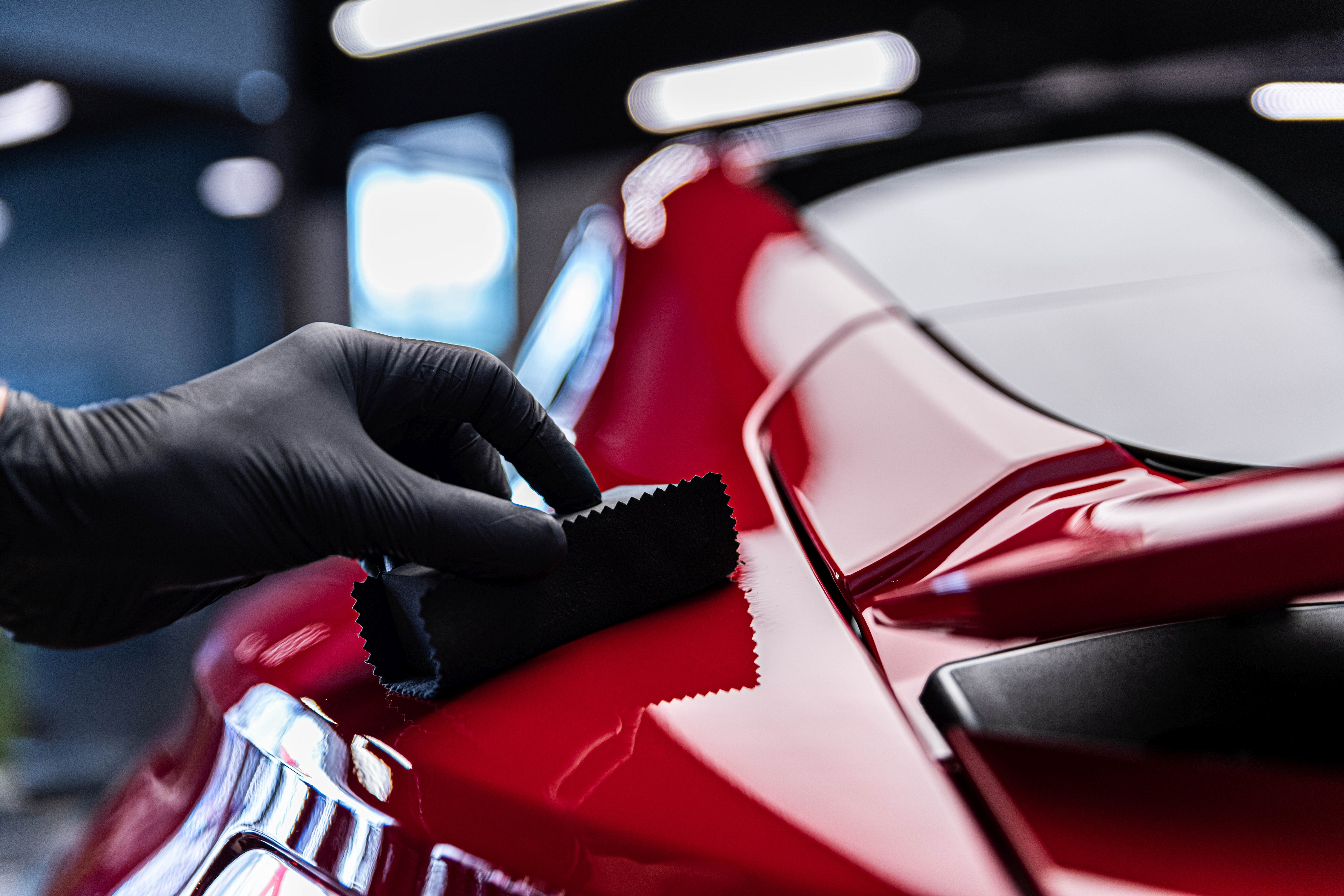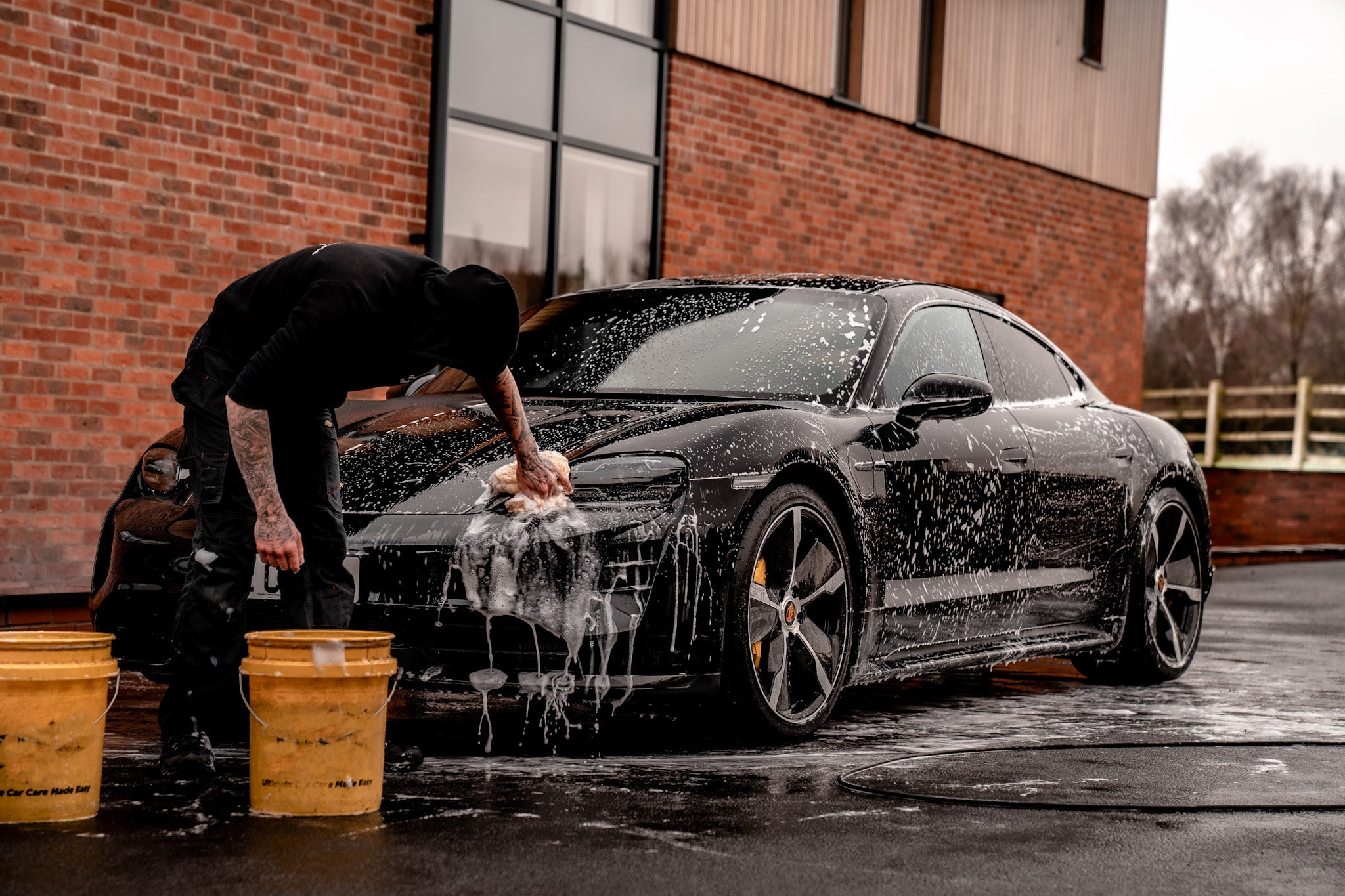Experience expert-level ceramic coating Sarasota for a sleek look.
Experience expert-level ceramic coating Sarasota for a sleek look.
Blog Article
A Comprehensive Overview to the Kinds Of Ceramic Coating on the marketplace
Ceramic finishings have arised as a crucial remedy across different markets due to their special homes and applications. As we check out the distinct characteristics and applications of these finishes, the implications for efficiency and longevity come to be significantly obvious, raising questions concerning which kind could finest fit your demands.
Recognizing Ceramic Coatings
Ceramic layers are innovative protective remedies that have acquired appeal in different industries, particularly in automotive and aerospace applications. These coverings consist of a fluid polymer that, when cured, creates a long lasting, hydrophobic layer externally of the substrate. This layer supplies enhanced resistance to environmental impurities, UV radiation, and chemical exposure, thus expanding the life and aesthetic charm of the underlying material.
The fundamental component of ceramic finishes is silica, which adds to their firmness and longevity. The application procedure usually includes surface area prep work, application of the layer, and curing, which can be achieved via warm or UV light. Once healed, ceramic finishes display exceptional bonding buildings, permitting them to adhere strongly to a variety of surfaces, consisting of metals, plastics, and glass.
Along with their protective features, ceramic layers likewise offer simplicity of maintenance. Their hydrophobic nature minimizes the adherence of dirt and crud, making cleaning easier and less constant. In general, the adoption of ceramic coatings stands for a substantial improvement in surface security innovation, supplying both practical and visual benefits throughout numerous sectors.
Kinds Of Ceramic Coatings
Numerous kinds of ceramic layers are offered, each designed to satisfy details performance requirements and applications - Paint Protection Film. The most common kinds consist of:
Silica-based Coatings: These finishings mostly are composed of silicon dioxide and are known for their resilience and chemical resistance. They are widely made use of in automobile and commercial applications.
Titanium Dioxide Coatings: Prominent for their photocatalytic buildings, titanium dioxide finishings are often used in atmospheres where self-cleaning and antifungal homes are preferable, such as in building materials and auto coatings.
Zirconia Coatings: Defined by their high-temperature stability and thermal resistance, zirconia finishings are used in applications such as turbine engines and high-performance auto parts.
Alumina Coatings: Displaying outstanding hardness and thermal stability, alumina coverings are often used in wear-resistant applications, consisting of cutting devices and industrial equipment. - Paint Protection Film
Crossbreed Coatings: Integrating the residential properties of numerous materials, hybrid coverings offer boosted performance features, making them appropriate for unique and requiring applications.
Each type of ceramic layer serves distinct objectives, enabling users to pick the most proper solution based upon details environmental conditions and performance needs.
Benefits of Ceramic Coatings
Ceramic coatings, in certain, deal various advantages that make them increasingly prominent amongst makers and customers alike. These coverings are resistant to scrapes, chemicals, and UV rays, ensuring that the underlying surface stays secured over time.
In enhancement to sturdiness, ceramic coatings offer exceptional hydrophobic homes, permitting easy cleaning and upkeep. This water-repellent nature minimizes the adherence of dust, gunk, and various other contaminants, which can lengthen the aesthetic allure and capability of the surface area. Ceramic layers can significantly improve thermal resistance, making them excellent for applications that endure high temperatures.

Application Process
When applying ceramic layers, a careful method is crucial to Resources attain optimal outcomes. The application process typically starts with extensive surface preparation. This entails washing, sanitizing, and polishing the surface area to get rid of all pollutants, consisting of dirt, oil, and prior waxes or sealants. A tidy surface guarantees proper attachment of the layer.
When the surface is prepped, the next action is to use the ceramic layer. The covering needs to be used in thin layers, as thicker applications can lead to uneven coatings.
After application, the finish needs a particular treating time, normally varying from a few hours to a full day, depending on the product. During this time, it is essential to stay clear of direct exposure to dampness or impurities. Lastly, a gentle buffing might be required after healing to enhance the gloss and remove any high areas. Adhering to these actions carefully will optimize the performance and durability of the ceramic finishing, giving a durable protective layer for the surface.
Upkeep and Durability
To make certain the durability and performance of a ceramic finish, normal maintenance is crucial. Ceramic coatings, recognized for their resilience and safety qualities, need specific treatment regimens to optimize their lifespan and efficiency.
In addition to normal washing, regular evaluations are critical. Search for signs of wear or damage, such as hydrophobic residential or commercial properties reducing or surface area blemishes. If essential, a light polish might be related to revitalize the finishing without stripping it away.
Moreover, the application of a booster spray can enhance you can look here the finishing's hydrophobic results and recover its gloss. This is especially beneficial for Continued coverings that have actually been in use for a prolonged duration. Inevitably, by sticking to these upkeep techniques, one can significantly expand the life of a ceramic finish, guaranteeing that it remains to give optimum protection against ecological aspects and preserve the aesthetic appeal of the automobile.
Conclusion

Report this page